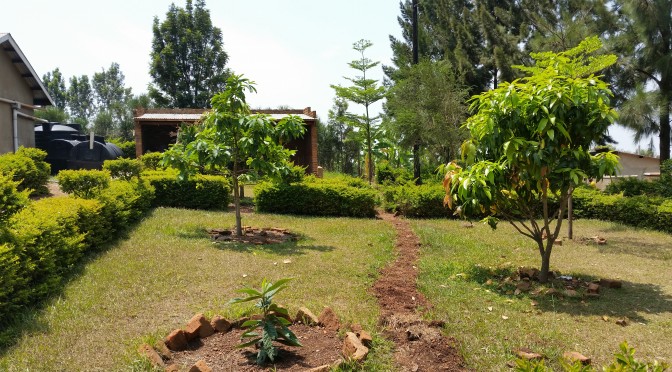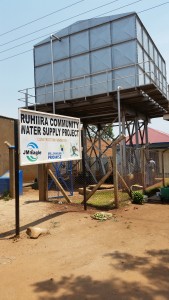February 19, 2015
Our day commenced with a “20 minute” car ride to the Millennium Village. Even though the car ride ended up being about 2 hours, seeing the Millennium Village was definitely worth it. The Millennium village is a governmental model of the Millennium Development Goals developed by the United Nations (described below).
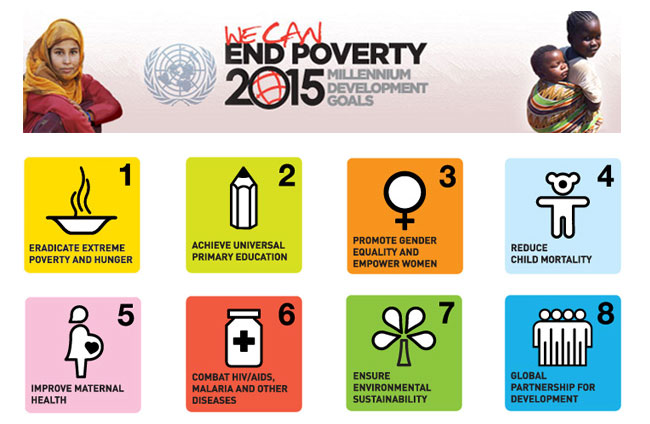
We next went to the local health center in which we learned about the progress that has currently been made in the village. According to the nurse we spoke to, gastrointestinal issues have decreased due to the presence of piped water. Malaria patients have also decreased with the distribution of mosquito nets. It’s amazing that this nurse is seeing progress with these methods of disease and illness protection, but also recognizing that many gastrointestinal issues stem from contaminated waters.
Nearby was the Ruhira Water Supply for the Millennium Water Project.
Before this project, the nearest water supply was over five kilometers away. Now, those within 50 meters of the facility can gain access to the tap for a price that is very affordable. The cost of access to the water supply is 250 Shillings + 1500 Shillings if more than 50 meters from the supply point. The cost of one water unit (1m3?) is 3500 Shillings or 3700 Shillings if the tap is greater than 50 meters from the supply tower. (2800 Shillings to 1 USD.) Though they are not currently treating the spring source water, there is discussion of adding treatment processes. This project gave me hope that a centralized water facility is a possibility in rural communities. I have been researching a lot about using disinfection in point of use versus community systems. Thus far, I had seen a lot of issues with using chlorine in a community system, due to the high possibility of user errors. This project made me rethink ruling out a community disinfection system in the settlement camp.
Next, we arrived at the Oruchinga Refuge base camp for lunch, and then went to the refuge settlement to speak with the community.
1st house: Madame Console
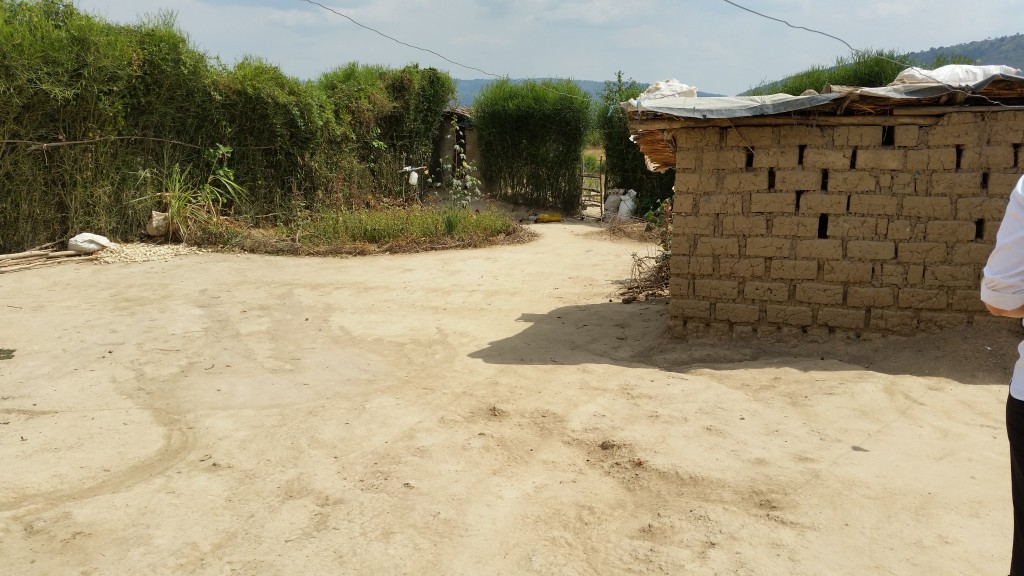
2nd house: Nyonito Household
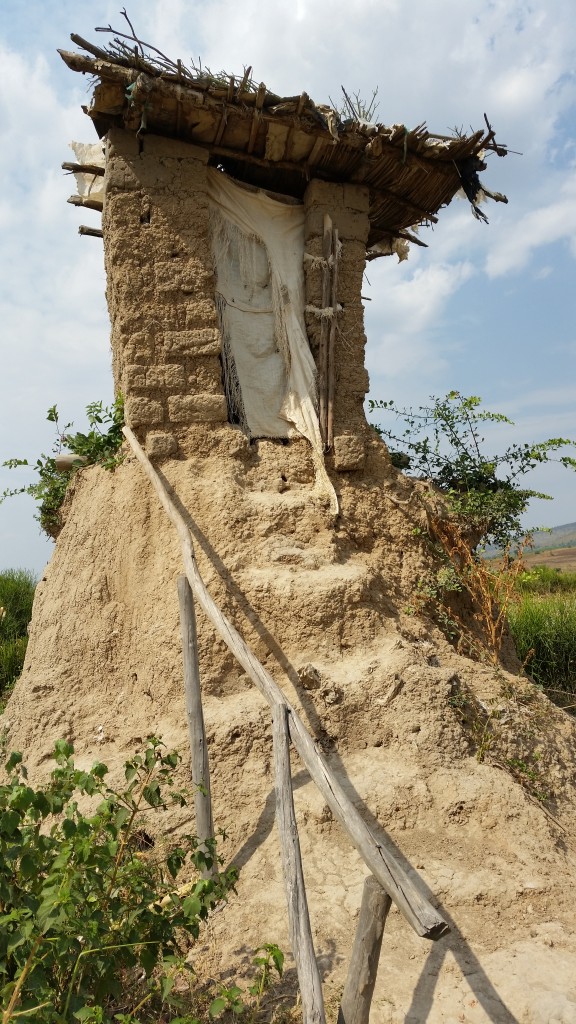
3rd house: Mahoro Household
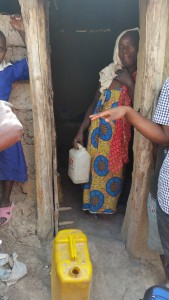
4th house: Odia Household
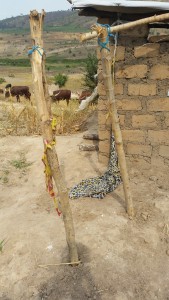
This experience was very similar to my mental image of Uganda before I arrived. I wasn’t expecting an extravagant welcoming ceremony like we received on Tuesday, but a village that was more wary of our presence and motives. As we were about to leave the 2nd house, Nyonito asked us what benefit the research would have on him and the settlement. According to him, people like us come talk to them and ask them questions, but nothing ever changes. At the 4th house, the women immediately started speaking to me, saying that she recognized me and that I had been at the settlement before. It seems like “people like us” come and go often, but I know that we definitely have the ability to leave a sustainable mark on this settlement.

